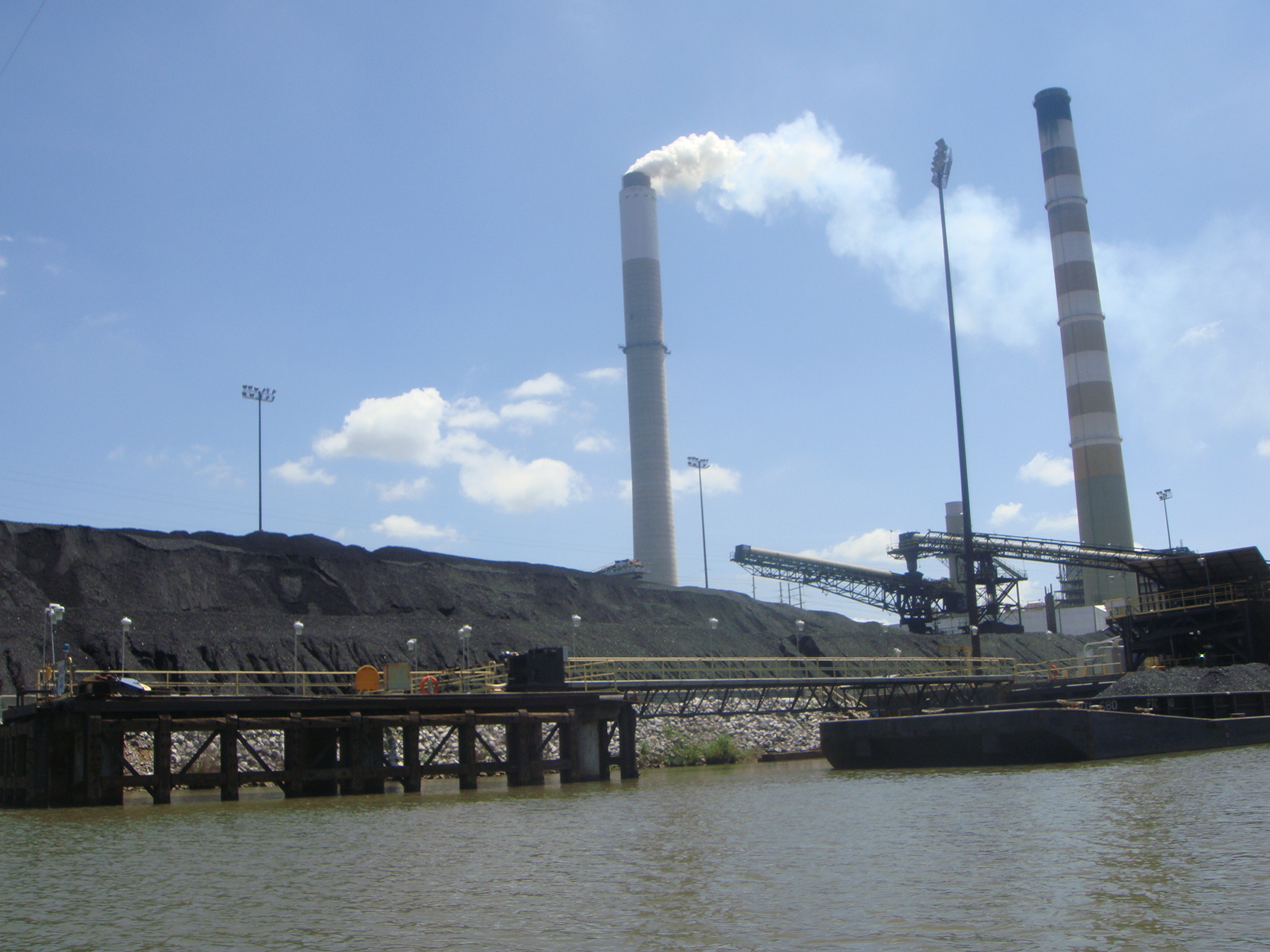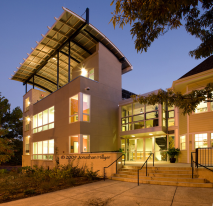A trip I just made to the Southeast included my first visit to Birmingham in decades, and glimpses of changes the intervening years had brought. New houses in my grandmother’s old neighborhood. Food that’s just as tasty as it used to be, but a whole lot more varied. And an energy scene that is changing, but not nearly as much as it should.
Our tour through Georgia and Alabama was aimed at talking with a range of audiences and experts about our new Water-Smart Power report. And when it comes to water-smart, there are plenty of reasons for the region to get on a different path, and lots of other reasons to celebrate where they’re headed.
The rain that showered us almost daily during our trip was rather different from the blazing Birmingham sun I remember in my summer visits to Grandma when I was growing up. It was also different from the norm, the region’s 2007-2008 drought, and even the widespread 2012 drought that hit Georgia and Alabama, too.

The 2012 drought, as of August 21, 2012 (Map courtesy of NDMC-UNL)
Both the wet and the dry are signs of things to come for the region. As we detail in the new report, summers in the Southeast “have shifted toward the hydrological extremes: either very dry or very wet,” even as temperatures have increased.
We know drought (and heat) will be back. So what’s the region’s power sector doing to prepare? Well, that depends where you look.
How Water-Smart Are We?
Coal is still a big part of electricity generation in both states, which is a red flag from the get-go, in terms of climate change and water impacts.
A lot of the region’s power plants are also heavily dependent on lakes and rivers. A coal plant we boated by (with a TV news crew), for example, withdraws almost a billion gallons of water a day. While almost all of that water goes back in, there are plenty of reasons to believe that’s still asking for trouble; even water-rich Alabama and Georgia have had power plants hit by energy-water collisions.
And unlike typical August afternoons in the region, the prospects for improving the situation don’t always look hot.
One issue, particularly in Alabama, is a lack of transparency and public involvement in electricity decisions, which means the powers-that-be aren’t taking advantage of the breadth of perspectives for making good power choices.
That process has led to only a few purchases of wind power, for example, and much less solar energy than the terrific solar resource warrants, at a time when other states and power companies are embracing both technologies big-time.
The processes in place have also often shortchanged consumers in terms of energy efficiency opportunities. Both Georgia and Alabama rank in the bottom third in terms of efficiency policies, with Alabama in the number 40 spot.
Steps in the Right Direction
Elsewhere, though, there’s been notable progress.
- Coal plants are getting retired. The Georgia public service commission just approved the retirement of more than a dozen coal and oil generators, which could cut pressure on the region’s water resources.
- Wind power is breaking through, despite the processes in place. Alabama Power signed contracts recently for a total of 404 megawatts of wind from the Midwest, and Georgia Power just got approval for a 250-megawatt purchase. The Tennessee Valley Authority, which serves parts of Alabama and Georgia, has agreed to buy the power from Alabama’s first wind farm-to-be, an 18-megawatt one proposed for the northeast part of the state.
- The sun is shining brighter. A weird confluence of common sense, costs, and chutzpah means that Georgia Power, which had already committed to 210 megawatts of solar, will now be adding 525 megawatts.
Our travels also gave us a look under the hood of some great stuff happening right now. We got to see Georgia Tech’s new Carbon Neutral Energy Solutions Laboratory, for example, where they’re researching new fuels and improving renewable energy and energy efficiency technologies.
Putting It All Together for Water-Smartness
We also got to see a fine example of what a building can be when you just build it right. The Southface Eco Office is an office building and training center that puts together almost entirely off-the-shelf components to make a beautiful and incredibly efficient package. Its green roof, solar array, rainwater capture, daylighting, light-sensitive windows, and other features mean that it’s a light-filled, welcoming building that uses only 16 percent of the water and half the energy of comparable facilities. It also buys renewable electricity to cover what it still needs.
Southface shows the region what it means to be water-smart, including from a power perspective — embracing energy efficiency, powering ourselves with low- or no-water electricity options.
Droughts will come back to the Southeast. Higher temperatures; more demands on lakes, rivers, and groundwater; and other pressures will mean that the energy-water picture is likely to get more complicated not less. Getting climate- and water-smarter in terms of power choices will help make sure that the region’s electricity needs best fit in the water-constrained summer of the near future.


